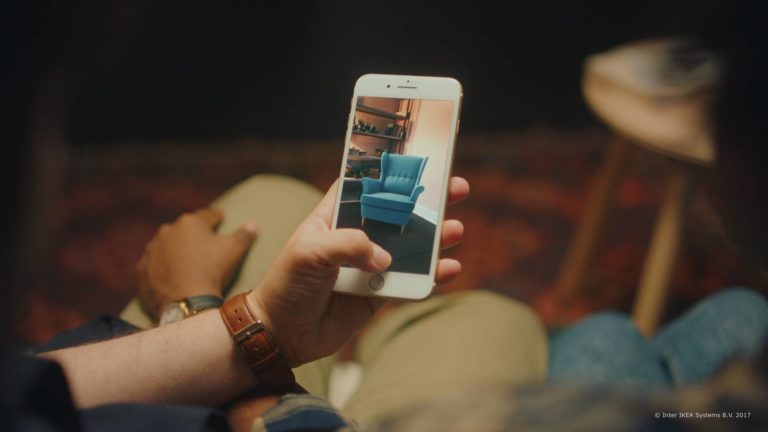
Like many analyst firms, market sizing is one of the ongoing practices of AR Insider’s research arm ARtillery Intelligence. A few times per year, it goes into isolation and buries itself deep in financial modeling. One such exercise zeroes in on mobile AR revenues.
This is one of the main subdivisions of spatial computing – others including headworn AR and VR. They’re all related and share technological underpinnings, but are driven by separate market forces such as their respective hardware bases (see methodology and inclusions).
So what did the mobile AR forecast uncover? At a high level, global mobile AR revenue is projected to grow from $15.1 billion in 2022 to $39.8 billion in 2027, a 21.35 percent CAGR. This sum consists of mobile AR consumer and enterprise spending and their revenue subsegments.
Drilling down, our latest Behind the Numbers installment looks at the forecast’s outlook for consumer mobile AR spending. How much do they spend on games, apps, and experiences? And how much do they spend on physical-goods shopping through AR product try-ons?
Addressable Market
First, to define consumer AR, it’s any mobile AR app or experience that consumers pay for (excluding mobile devices). It doesn’t include software and services that help businesses develop consumer AR (covered separately). It’s limited to spending by consumers.
Consumer AR spending is also subdivided by digital and physical goods. Digital goods include AR apps or in-app purchases (IAP), such as spending within Pokémon Go. Physical goods involve products whose sale is influenced in some way through AR visualization.
Starting with AR digital goods, spending was estimated to be $1.34 billion in 2022, growing to $2.33 billion in 2027, an 11.75 percent CAGR. This is dominated by IAP, which was $1.31 billion in 2022. This accounts for most consumer mobile AR digital goods spending.
One reason IAP is dominant is that it’s the primary model for Pokémon Go, which still generates revenue despite getting less press attention these days. IAP is also fueled by consumer comfort from its prevalence in mobile gaming. It eases users in with a free-to-play dynamic.
Let’s Get Physical
Moving on to AR physical goods spending, this will grow from an estimated $58 billion in 2022 to $255 billion by 2027. This isn’t counted towards AR revenue totals, as it’s more about spending on physical goods that’s influenced through AR. But it’s still tracked here for perspective.
It’s also worth noting that, though this is steep growth, it’s a tiny share of total consumer spending. Specifically, the $255 billion projected revenue for AR-influenced physical goods in 2027 is only .4 percent (less than half a percent) of the 63 trillion in global consumer spending.
In terms of formats, AR-influenced purchases are driven by social lenses, visual search, and web AR. Social lenses lead today due to Snap’s popularity and commercial traction, but visual search will gain ground over time due to a high-intent use case (just like web search).
Web AR will likewise grow over time due to lower friction to launch AR experiences; and the ability to run marketing campaigns through web-compatible channels. Among product categories, cosmetics leads, followed by clothing, jewelry, furniture, and home appliances.
We’ll pause there and cue the full report, and circle back in a future Behind the Numbers to unpack more market-sizing data…






